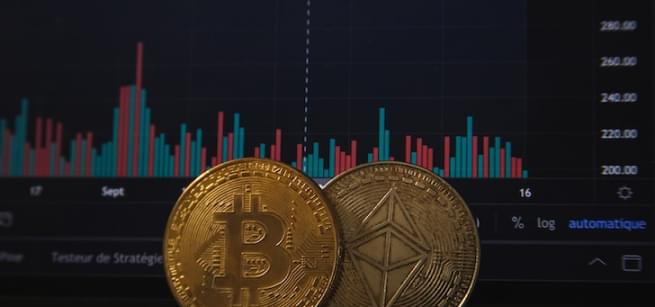Aave
Download Ironwallet app and get tool for making transaction without network fee
About Aave
Decentralized finance (DeFi) is transforming the world of cryptocurrency and blockchain technology. One of the leading DeFi protocols making waves in this space is Aave. With its innovative approach to lending and borrowing, Aave is creating new opportunities in the world of digital assets and finance.
What is Aave?
Aave is an open-source, non-custodial DeFi lending protocol that allows users to lend and borrow a variety of digital assets without an intermediary. Originally known as ETHLend when it was founded in 2017, the protocol was rebranded to Aave in 2020.
Aave was created by blockchain developer Stani Kulechov who wanted to provide a transparent, efficient, and secure way for people to access decentralized loans. Built on the Ethereum blockchain, Aave has established itself as one of the top DeFi protocols with over $11 billion in total value locked.
How Aave Works
The Aave protocol uses a pool-based model for lending and borrowing assets. Lenders can deposit supported cryptocurrencies into specific asset pools and earn interest based on the supply and demand within each pool. Borrowers can then use their crypto as collateral to take out a flash loan from these pools.
Some key mechanisms make Aave work smoothly:
- Usage of smart contracts to automate loans, repayments, interest rates, and collateral management.
- An oracle system that supplies real-time price data to calculate loan-to-value ratios.
- A staking and governance token known as AAVE that allows holders to shape Aave’s future.
Together, these pieces create a seamless peer-to-peer lending ecosystem.
Aave Lending and Borrowing Platform
One of Aave’s flagship offerings is the ability to easily access loans and earn yields on deposits through its liquidity pools.
For lenders, depositing assets like ETH, stablecoins, or other tokens into a pool will earn variable interest based on the demand for borrowing that asset. Interest accrues in real-time and payments are made when the lender withdraws their funds.
For borrowers, collateral such as ETH is supplied in order to take out a loan of another asset like a stablecoin. This collateral is held until the loan is repaid. Loan amounts are based on the collateral’s value in relation to its loan-to-value ratio. Borrowers can unlock added borrowing power by also staking AAVE tokens.
This model offers lenders solid returns on idle crypto while providing borrowers with quick access to loans at favorable rates compared to centralized alternatives.
Unique Features and Technology
Beyond lending and borrowing, Aave has rolled out several unique features and technical innovations that enable further decentralization.
For one, Aave uses a trustless pooled collateral model that allows borrowed assets to also be used as collateral for borrowing another asset. This “collateral swap” feature helps maximize capital efficiency for users.
Aave also integrates flash loans that let users borrow instantly and for free, provided the loan is returned in the same transaction. This unique product enables new arbitrage and hedging opportunities.
On the technology side, integrations with projects like Chainlink have made Aave the first decentralized lending protocol to adjust interest rates based on real-time market conditions. This brings added sustainability and stability.
The Role of the AAVE Token
The AAVE token is the backbone of Aave’s decentralized governance system and provides numerous benefits to holders who stake it.
AAVE holders can stake their tokens to earn more AAVE as well as discounts on borrowing fees. Stakers also get voting rights to direct Aave’s growth through governance polls and can even delegate voting power to another address.
Further, the limited supply and burning of AAVE makes it intrinsically valuable. As Aave grows, AAVE benefits directly from increased demand and deflationary pressures.
The Growth and Adoption of Aave
Since launching in 2020, Aave has experienced tremendous growth largely based on its tech, use cases, and governance model.
Aave is now in the top 20 cryptocurrencies worldwide with a market capitalization of over $3 billion. It has facilitated over $150 billion in cumulative lending volume with an ever-rising total value locked.
Beyond the numbers, Aave represents a shift towards decentralized and self-sustaining finance infrastructure. Its solutions address real needs around lending and borrowing while empowering users to collectively guide development.
Conclusion
In an increasingly decentralized world, Aave stands out for its comprehensive approach to enabling open access to liquidity and financial services. With strong technical foundations and community-focused values, Aave will likely continue growing in adoption and impact.
The story of Aave illustrates how blockchain technology can reshape finance to be more transparent, open, and programmable. As more users and capital flow into the Aave ecosystem, there is every reason to be bullish on its future in the world of DeFi and digital assets. The next chapters for Aave should prove fascinating as decentralization transforms lending, borrowing, and financial services at large.





















